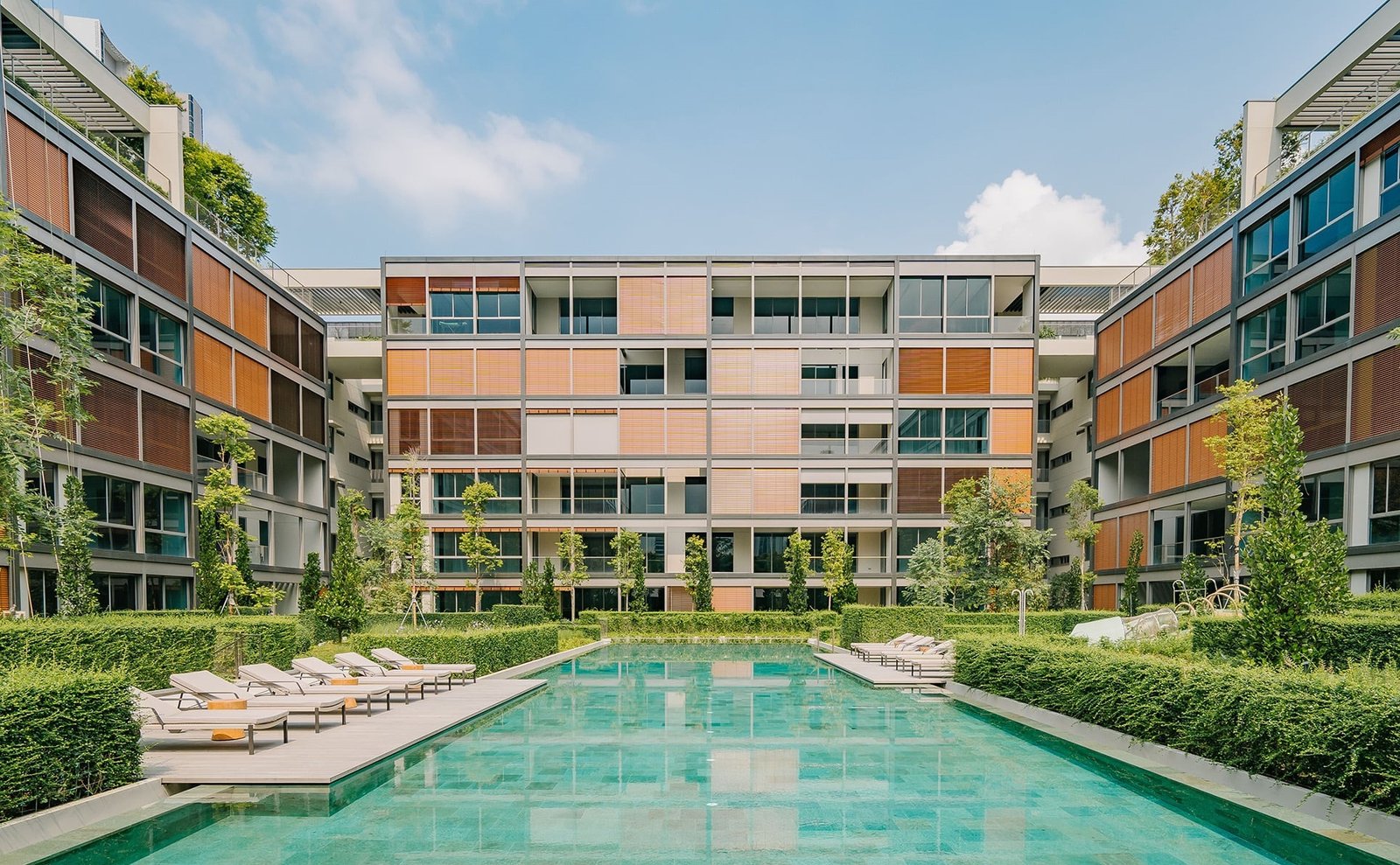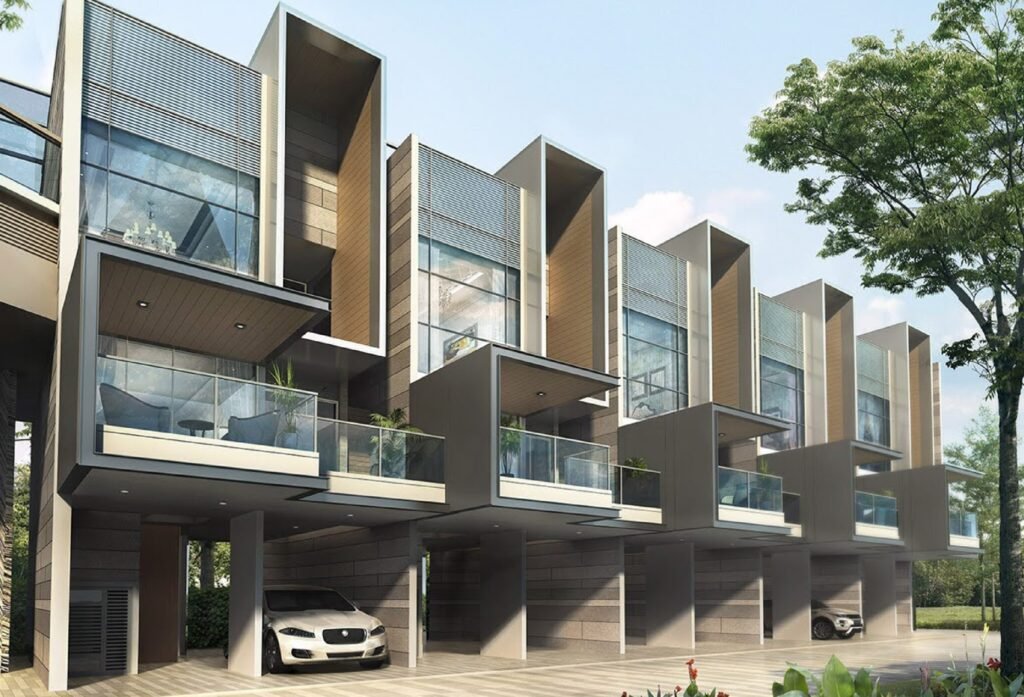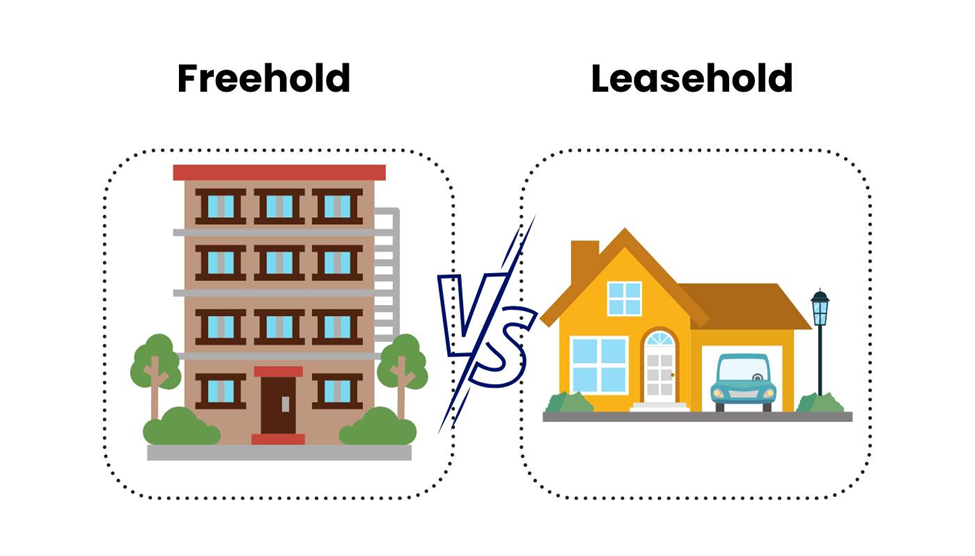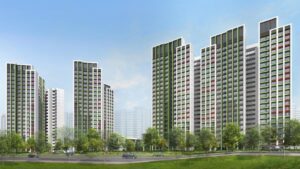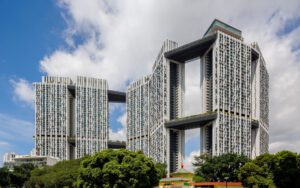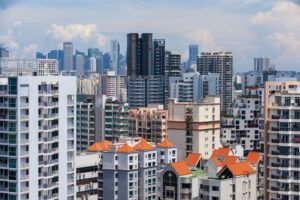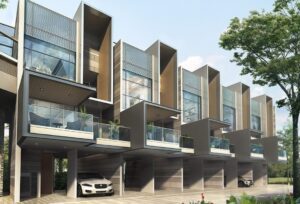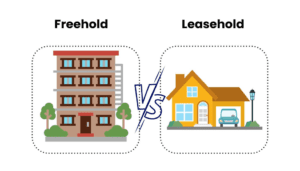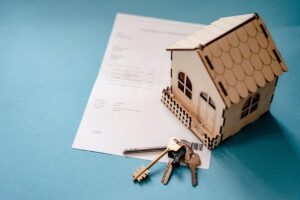When a project reaches its later sales phases, the condo may already be fully built. This can be a tempting buy, as it means there’s no construction time involved; you can move into your new home right after you buy. However, there are downsides to buying a new TOP unit as well, which merit careful consideration. Here are some of the main issues to think about:
Upsides of buying a new TOP unit
- Able to move in fast
- Often quicker to renovate than resale units
- Landlords can start finding tenants immediately
- Being able to see the real final product
1. Able to move in fast
This is the main reason to buy a completed unit. If you’re in a situation where you need to move in right away, then your options are either an older resale condo, or a new, recently completed condo.
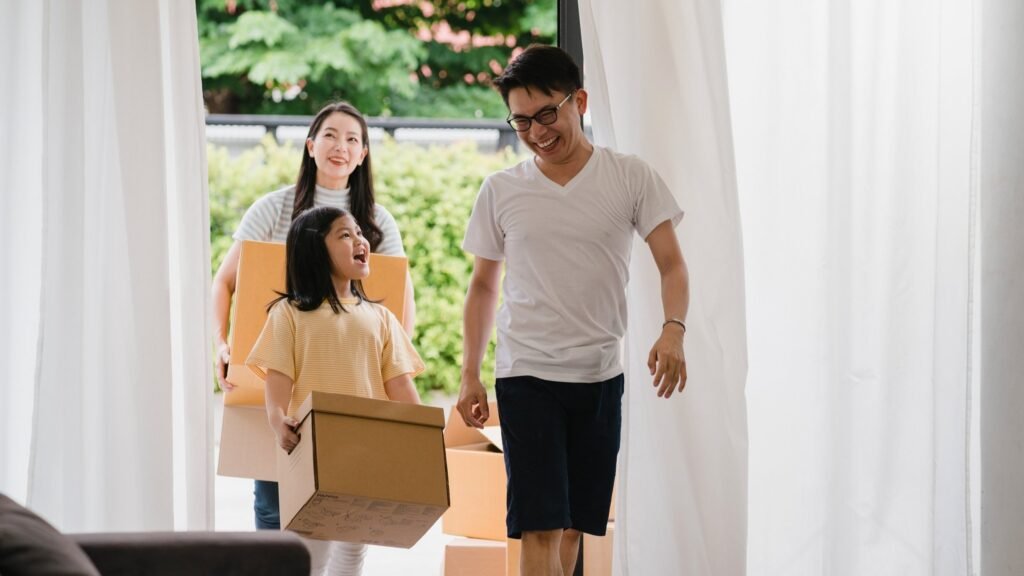
This can significantly help in the timeline of planning your move. For example:
Say you were to buy a condo that is still under construction. You are going to sell your HDB to upgrade.
First, you need to decide whether you sell your HDB before buying the condo, or you buy the condo first and then sell your HDB later.
If you buy the condo first, you need to deal with some added concerns like paying the Additional Buyers Stamp Duty (ABSD). You can apply for ABSD remission later if you qualify*, but for now, it adds a hefty 20 per cent (if you are a Singaporean buying your second residential property) to your initial cash outlay.
However, you can continue to live in your HDB until the condo is ready, and then move. You only need to move house once.
On the other hand, if you sell your HDB first and the condo is still under construction, you will need to find some kind of temporary accommodation, and that can mean adding rental expense and inconvenience of having to move house twice. This can be a big hassle if you and your spouse are both working and have toddlers or young children to look after.
If you just buy a new TOP unit, you don’t have this issue.
You can simply sell your flat and move into the new place without paying rental, ABSD, or the costs involved in moving multiple times. If the timeline is managed well, this can be a seamless process. It can save you both time and money.

*To qualify for ABSD remission, you must be married, at least one spouse must be a Singapore citizen, and you must sell your previous property within six months of buying the new home.
2. Often quicker to renovate than resale units
Besides a new TOP unit, you could also buy an older resale condo unit, and skip the construction time. However, renovating a resale unit can cost more time and money.
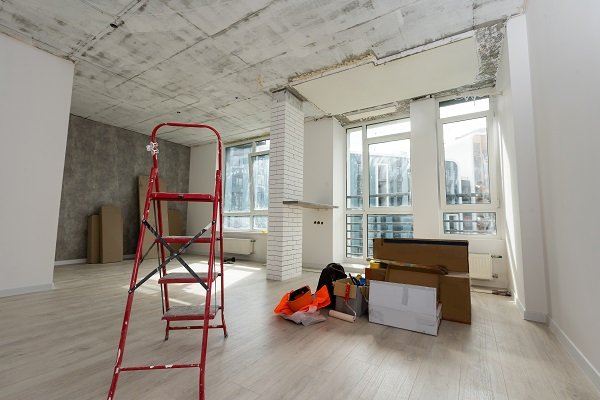
At the very least, most buyers would want to renovate the entire bathroom and kitchen. Your contractor must hack away the previous owner’s renovations, such as walls, flooring, etc. These are added costs, compared to new units which are ready to move into.
The exact amount of time and cost will vary based on the unit in question; but you can get an early estimate from a contractor or Interior Designer. For minor works and carpentry, it might only take one month. On the other hand, a complete overhaul of the interior may take up to three or four months, and possibly even longer if we factor in raw material and labour disruptions.
3. Landlords can start finding tenants immediately
A new TOP unit is sometimes better for rental gains. When you buy a unit under construction, there is nothing to rent out until the TOP date.
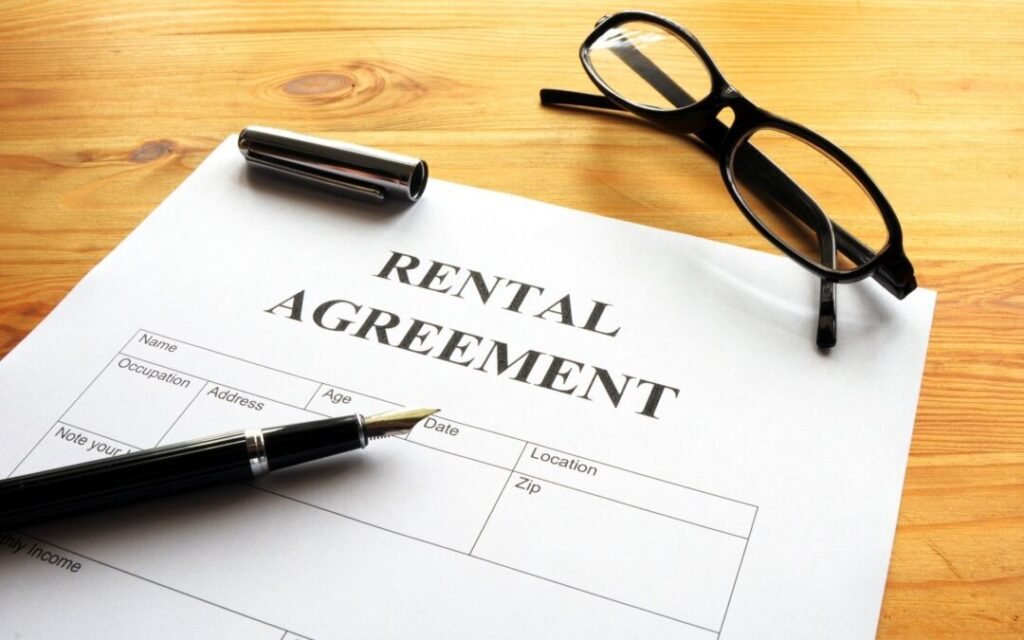
In the meantime, you are still paying the home loan, albeit not the full amount (see below).
From the perspective of some landlords, a three-year construction time, at an expected rental rate of $4,000 per month translates to a loss of $144,000 in rental income. This is in addition to the interest expense of the home loan.
(This is not 100% accurate as we need to account for rental vacancies, service fees for finding tenants, etc., but I think you can grasp their overall perspective).
This argument has some validity, but we need to quantify the costs. As I’ll explain below, units tend to be more expensive the later they’re released; and they tend to be at their most expensive after TOP.
As such, it’s important to ensure that the rental income gained will make up for the higher purchase price of a new TOP unit.
4. Being able to see the real final product
Show flats have some degree of fiction to them, because they are lavishly decorated and staged to look impressive. Floor plans are more objective; but it’s difficult to visualise the real experience of being in the home from a 2D plan. And when it comes to the actual view, or the common facilities, neither the floor plan nor show flat are very helpful.
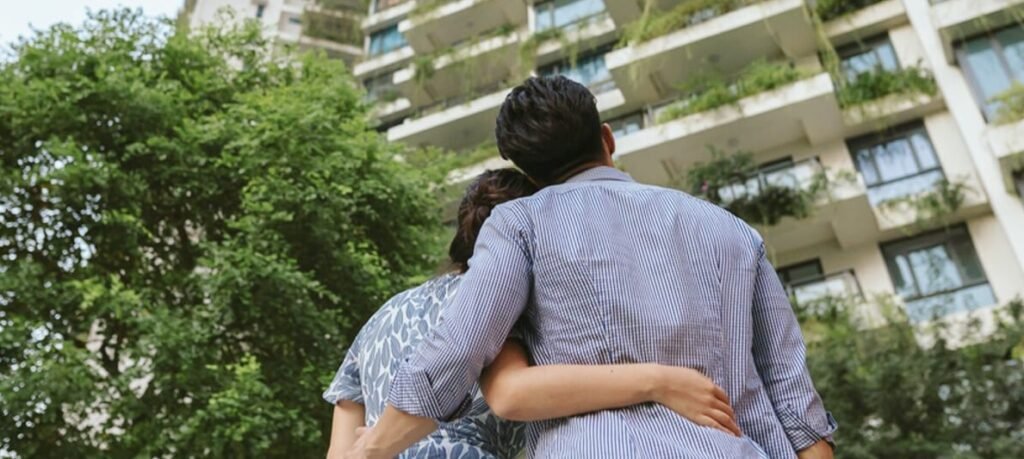
With a TOP project, you’re able to see the actual product as it is, rather than just as conceptual models. This can prevent potential issues, such as unexpectedly finding out your view is partly blocked; or being able to hear that the noise from the pool or road is more disruptive than you thought.
This is an advantage shared with buying resale units.
With a TOP project, you’re able to see the actual product as it is, rather than just as conceptual models. This can prevent potential issues, such as unexpectedly finding out your view is partly blocked; or being able to hear that the noise from the pool or road is more disruptive than you thought.
This is an advantage shared with buying resale units.
Downsides of buying a new TOP unit
- The price is almost always higher
- No Progressive Payment Scheme
- Last choice in available units
1. The price is almost always higher
Developers tend to price units cheaper at the start of a launch, to get the ball rolling. These “early-bird discounts” create a sense of urgency, compelling the buyers to act before the price rises.
Here are some examples from Square Foot Research:

The Jovell is a condo which reached TOP in 2022. At the earliest sales phase in September 2018, the median price was $1,259 psf.
But by March 2022, when completed units were being sold, the median price had risen to $1,516 psf.

Meyerhouse is a luxury boutique condo that also reached TOP in 2022. During initial sales in May 2019, the median price was $2,561 psf. By the time of May 2022, the median price had escalated to $2,636 psf.

Royalgreen launched in October 2019, at a median price of $2,741 psf. It also reached TOP in 2022. By July 2022, prices stood at a median of $2,856 psf.
As you can see, the later you buy, the more expensive the unit tends to be; and the absolute most expensive point is usually after TOP, when the very last few units are being moved.
That said, this is not a guarantee.
Sometimes, the price can drop at later sales phases. This may happen when a developer is facing the five-year ABSD deadline, where they need to sell every remaining unit or end up paying a high tax on the land price.
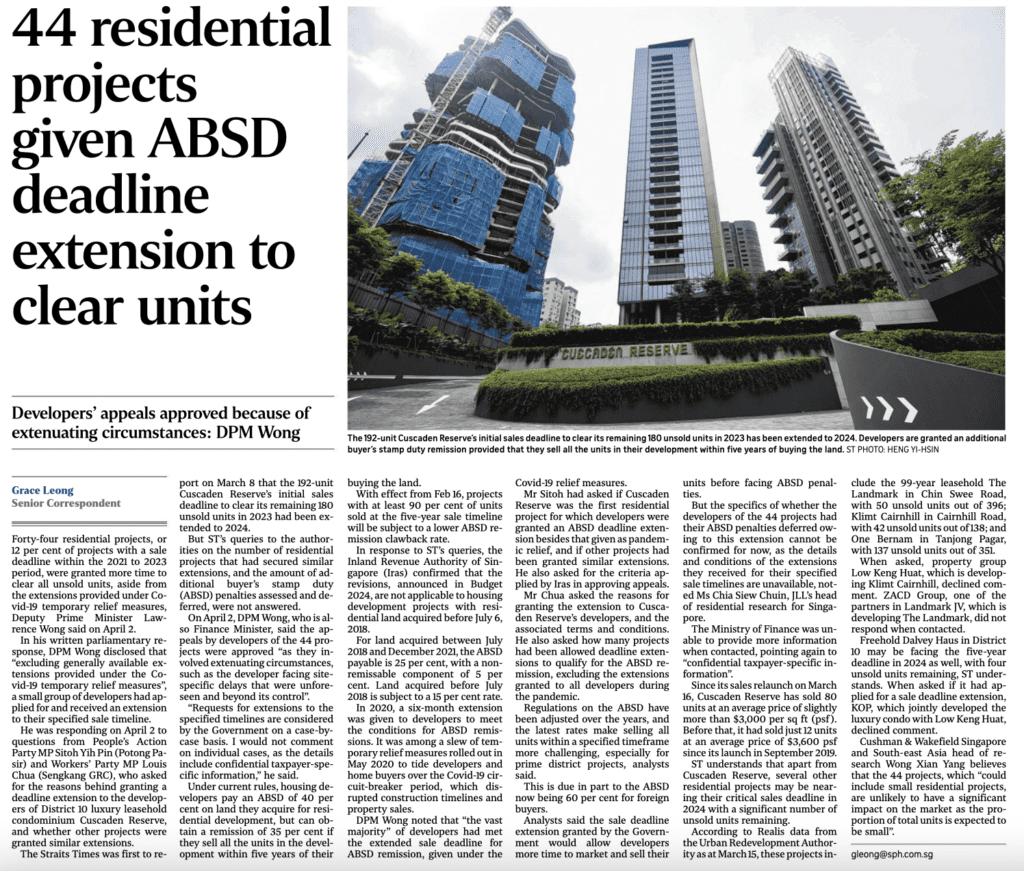
(The Straits Times, 4 April 2024)
This is out of the scope of this article for now; but suffice it to say that such events are uncommon. Even when they do happen, they’re unlikely to benefit individual buyers, as the developer tends to sell all the remaining units en-bloc.
Other less common events include a relaunch, or a change in price due to sudden cooling measures. But most of the time, developers will not lower prices, to avoid damaging their reputation among earlier buyers (because in future no one will trust their discounts).
2. No Progressive Payment Scheme
Under the Progressive Payment Scheme (PPS), you do not pay the full loan repayment at once. To ensure your financial protection, cash is disbursed to the developer only at various stages of completion.
(If all the money goes to the developer at once, there will be serious damage if they go into liquidation before the project is finished).
This is roughly what the PPS looks like:

I say “roughly” because it’s not always exact; sometimes one or more phases are completed at the same time.
In any case, the monthly repayments made during the construction period are lower than the full loan amount (the bank will inform you whenever the repayment amount is raised).
This is especially helpful if you service the loan in cash rather than CPF, as it can help with cashflow.
If you buy an already completed unit, there is no PPS. You need to start repaying the full monthly loan amount, from the beginning.
3. Last choice in available units
There are usually just a handful of units left, by the time of TOP (unless sales have gone very badly!)

The remaining choices may not be viable. For example, they may be all the highest-quantum units, such as five-bedders or penthouses, which are outside your budget range.
In some cases, the units may be leftover because they’re undesirable. They may be low floor units too exposed to noise, or they may be in the worst-positioned blocks. At this point, you need to make some qualitative judgements on whether it’s acceptable to you.
I must add though, not all leftover units are bad. There are cases where other buyers back out, and choose to return perfectly good units.
Some condos that are about to reach TOP this year:
- Midtown Modern (200 units)
- Amber Park (592 units)
- Forett at Bukit Timah (633 units)
- Ki Residences at Brookvale (660 units)
- Liv@MB (298 units)
To decide if a new TOP unit is the best choice for you, do reach out and we can do a walkthrough of the numbers.


